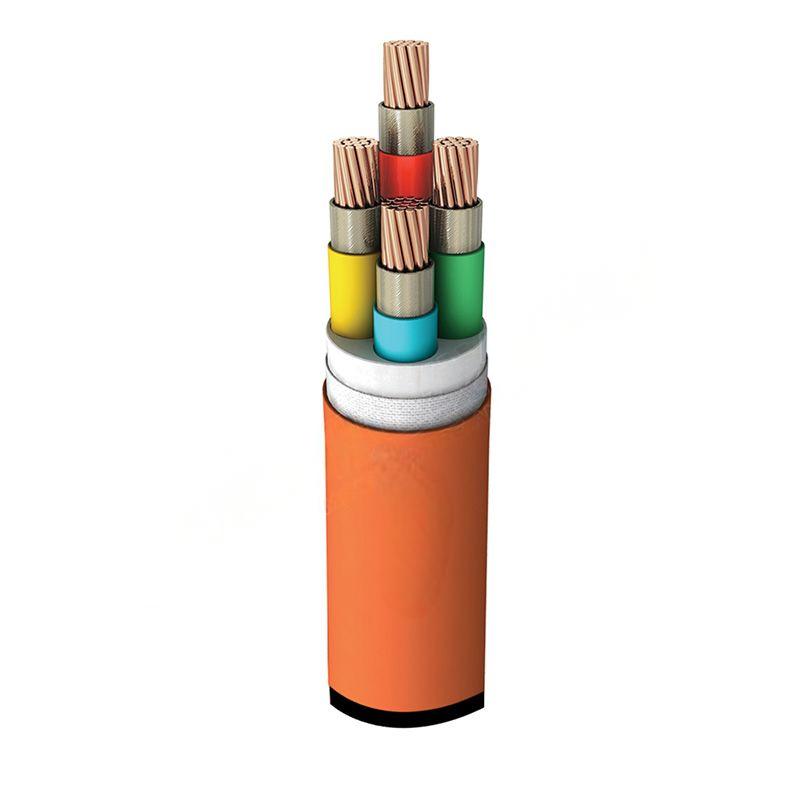10 月 . 19, 2024 05:36 Back to list
control valve
Understanding Control Valves Essential Components for Fluid Regulation
Control valves play a critical role in various industrial processes by regulating the flow of fluids in piping systems. Their primary function is to manage the flow rate, pressure, and temperature of liquids and gases, ensuring optimal performance and safety in a wide array of applications, from chemical processing to water treatment and HVAC systems.
Types of Control Valves
Control valves come in several types, each designed to suit specific applications. The most common types include
1. Globe Valves Known for their ability to provide precise flow control, globe valves have an internal baffle that divides the flow path. They are often used in applications requiring throttling and flow regulation.
2. Ball Valves These valves utilize a spherical disc to control flow. They are favored for their durability and ability to provide a tight seal when closed. Although not designed for throttling, they are ideal for on/off applications.
3. Butterfly Valves With a disc that rotates to control fluid flow, butterfly valves are lightweight and provide quick shut-off. They are often used in large pipelines due to their compact design and efficiency.
4. Gate Valves Best for full flow applications, gate valves are often used where minimal resistance to flow is required. However, they are not suitable for throttling applications.
5. Check Valves These are used to prevent backflow in a system, ensuring that the fluid moves in one direction only. Check valves are vital for protecting pumps and other sensitive equipment.
control valve

How Control Valves Work
A control valve typically consists of a valve body, actuator, stem, and trim
. The actuator is responsible for moving the valve to achieve the desired position. This is often controlled by a positioner that responds to signals from a controller, which may be based on various parameters such as flow rate or pressure.When a control system requires flow regulation, the controller sends a signal to the actuator, instructing it to adjust the valve's position. As the valve opens or closes, the flow of the fluid is regulated accordingly. This feedback loop allows for real-time adjustments, maintaining the system within desired operational parameters.
Applications of Control Valves
Control valves are employed in many industries, reflecting their versatility and importance. In the oil and gas sector, they regulate the flow of crude oil and natural gas, ensuring safe and efficient operations. In chemical manufacturing, these valves manage the flow of reactive substances, critical for maintaining safe conditions during production.
Moreover, in the HVAC industry, control valves help regulate heating and cooling systems, contributing to energy efficiency and comfort in buildings. Water treatment facilities also rely on control valves to manage the distribution and treatment of water, ensuring compliance with health and safety standards.
Importance of Proper Selection and Maintenance
Choosing the right control valve for a specific application is crucial. Factors such as fluid type, temperature, pressure, and flow rate must be considered to ensure optimal performance and longevity. Additionally, regular maintenance is essential to prevent wear and tear, which can lead to costly downtimes and system failures.
In conclusion, control valves are indispensable components of modern industrial systems, providing essential regulation of fluid flow across numerous applications. Understanding their types, functionality, and maintenance needs is vital for engineers and technicians in fields that rely heavily on fluid control. By ensuring that these valves operate efficiently, industries can optimize processes, enhance safety, and achieve greater energy efficiency.
Share
-
Understanding the Differences Between Wafer Type Butterfly Valve and Lugged Butterfly ValveNewsOct.25,2024
-
The Efficiency of Wafer Type Butterfly Valve and Lugged Butterfly ValveNewsOct.25,2024
-
The Ultimate Guide to Industrial Swing Check Valve: Performance, Installation, and MaintenanceNewsOct.25,2024
-
Superior Performance with Industrial Swing Check Valve: The Essential Valve for Any SystemNewsOct.25,2024
-
Industrial Swing Check Valve: The Ideal Solution for Flow ControlNewsOct.25,2024
-
You Need to Know About Industrial Swing Check Valve: Functionality, Scope, and PerformanceNewsOct.25,2024